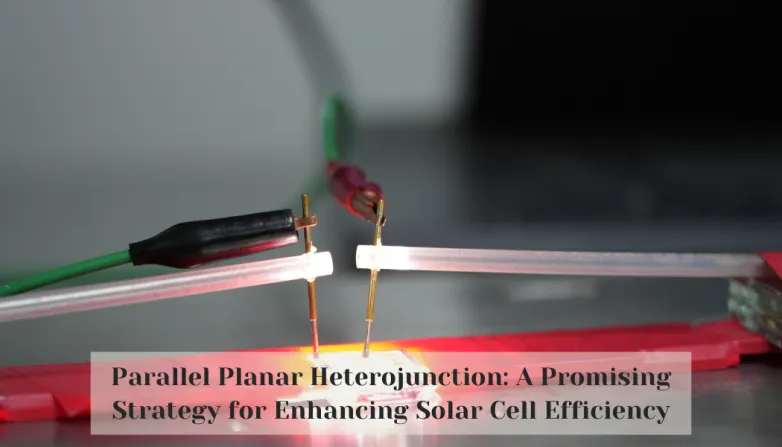Parallel Planar Heterojunction: A Promising Strategy for Enhancing Solar Cell Efficiency
Nov 13, 2023 12:15 PM ET
- Discover a new breakthrough strategy to maximize the efficiency of solar cells! The PPHJ device, consisting of two types of conventional PHJ subcells and antimony trisulfide, simplifies the preparation process of solar cells and has achieved an impressive 8.32% efficiency- the highest among all Sb2S3 devices. Unlock the potential of low-cost and efficient solar cells!

Researchers have put forward a parallel planar heterojunction (PPHJ) strategy to enhance the efficiency of solar cells. The PPHJ device consists of two types of conventional PHJ subcells connected in parallel, using antimony trisulfide (Sb2S3) as a photovoltaic absorber. This strategy simplifies the preparation process of solar cells by allowing for the conventional sequential depositions of multiple PHJ layers without the need of an additional interfacial layer. This new approach has achieved an impressive 8.32% efficiency, the highest among all Sb2S3 devices. This study is expected to promote the development of low-cost and efficient partially or fully inorganic solar cells.
What Is the PPHJ Strategy to Enhance Solar Cell Efficiency?
- The PPHJ strategy improves the efficiency of solar cells by connecting two types of conventional PHJ subcells in parallel.
- The PPHJ device uses antimony trisulfide (Sb2S3) as an absorber, allowing for the conventional sequential depositions of multiple PHJ layers without the need of an additional interfacial layer.
- The PPHJ strategy has achieved an impressive 8.32% efficiency, the highest among all Sb2S3 devices.
- The PPHJ device simplifies the fabrication process of solar cells, making them more cost-effective and efficient.
- The PPHJ strategy is expected to promote the development of partially or fully inorganic solar cells.
Also read
- CNNP Optoelectronics brings utility-scale perovskite modules out of the lab
- Low-Temperature Sequential Deposition Lifts Inverted Perovskite Solar Cells Efficiency Record
- Self-Assembling Molecule Breakthrough Brings Commercial Perovskite Solar Closer to Market
- Camphor Additives Boost Perovskite Solar Cell Efficiency
- NUS Sets Record With 26.4% Perovskite-Organic Solar Cell
